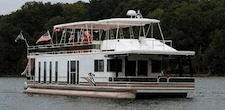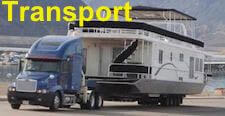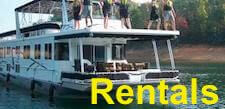Grab your free gift, our online Houseboat Magazine, when you sign up!

Solar Power Installations for Houseboats
by Tim
(Green River Lake)
We are planning a solar power installation for our houseboats. My slip neighbor & myself are both leaning heavy to solar panels to charge inverter batteries while tied in cove.
Question, once solar panels are sized, installed along with charge controller,etc.-- do we have to isolate on-board charger with switching device to isolate it from circuitry to avoid damage?
Also, should there be a switch to isolate solar assembly from the system once in "port" and back on utility power (on-board charger is now recharging inverter batteries)?
My thoughts are like a "Guest" 12 volt manual switches. (Not plugging for a name brand)
Thanks in advance for any feedback, Tim.
 increase sales and profits with targeted traffic? Act now to get our 1/2 price sale, limited offer |
Reply - Answer
Well Tim, congratulations on your really nice looking houseboat, and also on deciding to install solar panels as a clean alternative power source.
As to whether you should install on/off switches (Guest style) in the circuit, you will find that they are often installed, just as to offer a simple way to isolate one circuit from the other.
The charge controller and battery charger
If you are interested in getting a better understanding of the planning and choosing of solar power installations, have a look at our Solar Powered Houseboats page.
On that page, you will also see a collections of good solar power books to help gather all the knowledge necessary to really design and implement a truly alternative power source.
If you're interested in purchasing some solar panels for your houseboat, you can get some great service and pricing through us here.
Lastly, hopefully some of our readers will share and post comments about their solar power houseboat experiences. Feel free to use the "Click here to post comments." link found near the bottom of this page.
Thanks again for sharing, IAN from all-about-houseboats
If you're still looking for information, you can try our search box, found at upper right hand corner.
Free Bonus Offer |
Comments for Solar Power Installations for Houseboats
|
||
|
||
|
||














